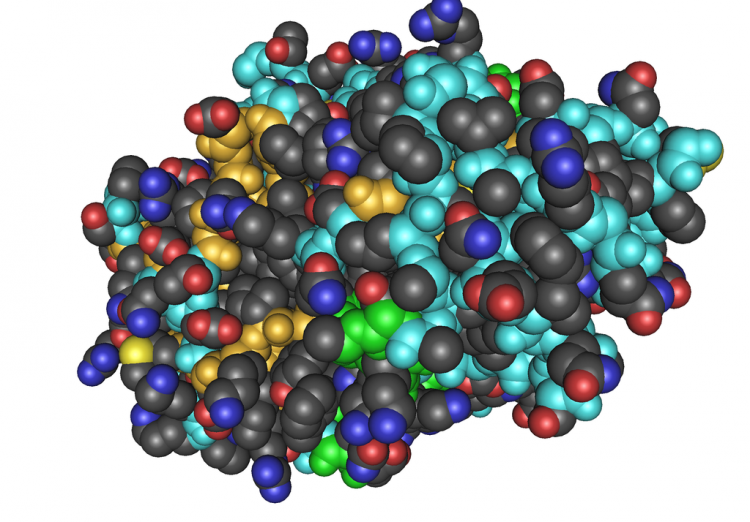A new biological dressing has been designed to achieve almost an instant halt to bleeding, and can prove beneficial in reducing military and civil casualties.
The nanoscale spray coating of thrombin (a blood-clotting protein) and tannic acid (a component of black tea with antibacterial properties) was developed by a team of researchers from the Massachusetts Institute of Technology (MIT) to coat sponges, which are convenient for soldiers and medical personnel to carry.
“The ability to easily package the blood-clotting agent in this sponge system is very appealing because you can pack them, store them, and then pull them out rapidly,” said Paula Hammond, professor of chemical engineering at MIT, in a press release.
All hemostatic materials currently under use have practical disadvantages, David King of Massachusetts General Hospital, who is not involved in the study, said, according to the release.
For example, a tourniquet, which is a constricting cuff-like device, cannot be used on the neck. Chitosan bandages, adopted by the U.S. Department of Defense, can be used only on simple wounds. Ferrosan sponges, popularly used in civil hospitals, require soaking in thrombin solution prior to application on the wound, thus proving impractical on battlefields.
The team came up with the idea to coat sponges with a blood-clotting protein in advance, providing a ready-to-use dressing for on-duty soldiers and doctors.
“Now we have an alternative that could be used without applying a large amount of pressure and can conform to a variety of wounds, because the sponges are so malleable,” said Anita Shukla of Rice University, who was a Ph.D. candidate at MIT during the study, in the release.
To test the effectiveness, researchers applied the thrombin-coated sponge to a bleeding porcine spleen with minimum pressure from a researcher’s thumb for 60 seconds, which stopped the bleeding. While sponges lacking thrombin needed at least 160 seconds to stop the bleeding, uncoated cotton patches did not stop bleeding even after 12 minutes.
The researchers explained in the paper that direct incorporation of the blood-clotting factor in sponges can be life-saving because it allows immediate administration in the operating room and on the battlefield, where standard clinical conditions are not available.
The research was published online in the journal Advanced Materials.
Read the research paper here.







